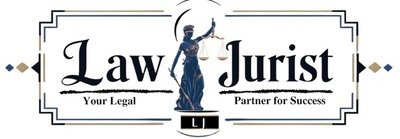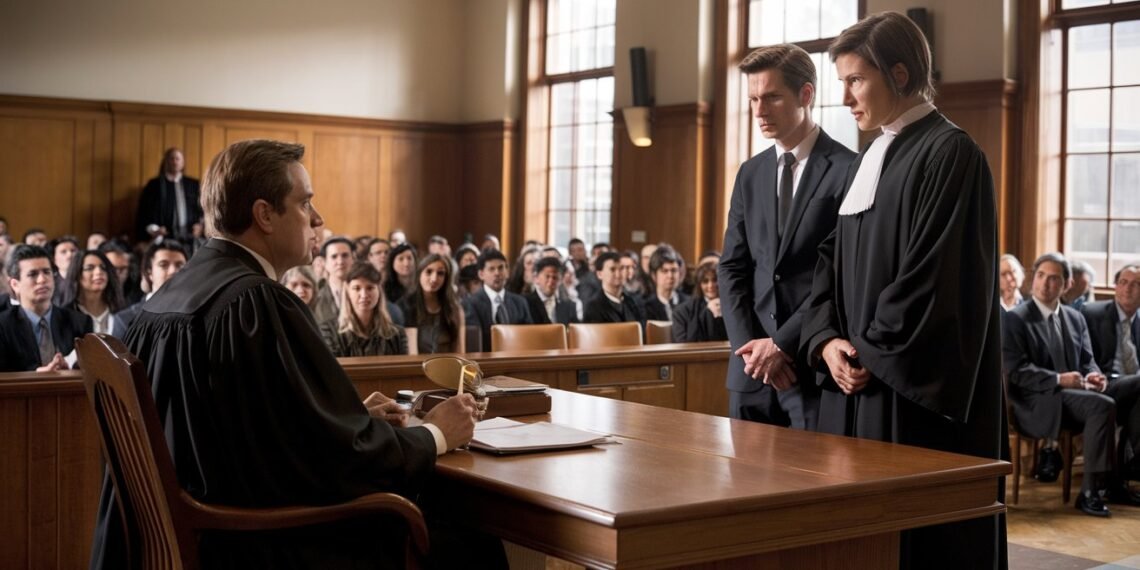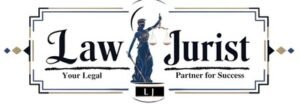Author: Mariam- Himachal Pradesh National Law University- BALLB
OVERVIEW OF AI IN THE INTELLECTUAL PROPERTY (IP) LANDSCAPE:
According to the World Intellectual Property Organisation, Intellectual property (IP) refers to creations of the mind – everything from works of art to inventions, computer programs to trademarks, and other commercial signs.
AI drives innovation by enhancing creativity, problem-solving, and data analysis across industries, but it also raises fundamental questions about ownership and liability under intellectual property laws
In Andy Warhol Foundation for the Visual Arts, Inc. vs. Lynn Goldsmith, Warhol created artworks based on Goldsmith’s 1981 photograph of Prince, licensed initially by Vanity Fair. After Warhol’s foundation licensed the work to Condé Nast in 2016, Goldsmith filed a copyright infringement suit. The court ruled that Warhol’s use was not transformative enough and could replace Goldsmith’s work in the market, failing to meet the fair use criteria under Section 107 of the US Copyright Act. This case emphasizes the importance of originality for fair use, especially in the context of generative AI and copyright.
OWNERSHIP CHALLENGES IN AI-GENERATED WORKS
Works generated entirely by AI, without any human involvement, are not eligible for copyright protection and are considered part of the public domain. Since no human authorship is involved, no one can claim ownership of the copyright. As a result, such works cannot be registered for copyright protection, reaffirming the principle that creations without human contribution remain in the public domain.
When a work combines AI-generated content with elements created by a human—such as original text or the creative selection, arrangement, and coordination of its parts—the human author retains copyright over the portions they contributed. As AI-related copyright issues evolve, staying informed through resources like an AI Copyright Alert can help keep track of these developments.
In the DABUS AI case, the UK Supreme Court unanimously ruled on December 20 that an AI system cannot be listed as an inventor on a patent application. Dr. Thaler, the creator and owner of DABUS, had submitted two patent applications for inventions solely attributed to the AI: an interlocking food container and a flashing emergency beacon. The critical question was whether the Patents Act 1977 requires a human inventor for a valid patent.
The court concluded that only a natural person can qualify as an inventor under the Act, rejecting Dr. Thaler’s argument that his ownership of the AI entitled him to the patents through the doctrine of accession. Although most jurisdictions denied his applications, South Africa approved one due to its more flexible patent system. Ultimately, the UK Supreme Court upheld earlier rulings, deciding that the applications must be withdrawn without a named human inventor.
The Andy Warhol Foundation vs. Lynn Goldsmith and DABUS cases illustrate the complexities AI introduces in intellectual property by challenging traditional concepts of authorship, originality, and inventorship. These cases reflect the difficulties in determining whether AI-generated works or AI-assisted creations meet the standards required for legal protection. As AI blurs the line between human and machine contribution, existing IP frameworks struggle to address ownership and liability, underscoring the need for legal adaptation to manage these evolving dynamics.
LIABILITY ISSUES FOR AI-GENERATED CONTENT
The swift development of artificial intelligence, especially Generative AI, has brought forth critical concerns about liability for intellectual property (IP) infringement. As AI systems grow more adept at creating original content, the distinctions between the responsibilities of developers, users, and other involved parties become increasingly ambiguous. Here are some essential points regarding the liability issues associated with AI-generated content.
1. Who is Responsible for IP Infringement by AI Systems?
AI developers, users, and third parties may all bear liability for IP infringement involving AI-generated content. Developers could be held accountable if their tools are designed to promote or facilitate the creation of infringing material, such as platforms that generate copyrighted content without proper attribution or licensing. Users may also face legal consequences if they intentionally use AI to produce infringing content, like deepfakes or trademarked material. Courts often consider the user’s intent when determining liability. Additionally, third parties, such as platforms hosting or distributing AI-generated content, may share responsibility, especially if they were aware of the infringement and failed to act.
- The Role of AI Developers in Monitoring the Use of Their Tools
AI developers must implement due diligence practices to monitor the use of their tools and prevent IP infringement. This includes offering clear guidelines for acceptable use and integrating features that discourage the creation of infringing content. Transparency about how AI models function is also essential, along with educating users about IP laws to promote compliance and reduce risks. Additionally, developers should incorporate content filtering mechanisms to detect and flag potentially infringing outputs, ensuring that the AI avoids replicating protected works and minimizes the chances of infringement.
Allocating Liability in Collaborative AI-Human Creations
When AI tools assist human creators, liability may be shared between the involved parties. If a user deliberately directs an AI to generate infringing content, both the user and the developer could face legal consequences, with courts evaluating the extent of human influence on the AI’s outputs. The use of AI also raises questions about joint authorship, as different legal standards apply to authors and users, impacting IP rights and liability. To clarify responsibilities, developers and users can benefit from establishing clear contractual agreements that define each party’s rights, outline liability in case of infringement, and set expectations for compliance with IP laws.
RESEARCH FINDINGS: CHALLENGES IN USING AI
(Presentation by Dennis Collopy, Senior Research Fellow, University of Hertfordshire, UK to WIPO Advisory Committee on Enforcement)
The research was presented by Dennis Collopy, Senior Research Fellow at the University of Hertfordshire, UK, to the WIPO Advisory Committee on Enforcement. The presentation outlines various challenges in utilizing artificial intelligence to enforce intellectual property rights. Key issues include the accessibility of automated copyright enforcement tools for SMEs, difficulties in identifying unregistered designs, data-sharing obstacles in trademark enforcement, the need for both human and technological expertise in patent enforcement, the risk of public disclosure in trade secret cases, ethical concerns related to biased AI decision-making, and legal complexities in aligning AI tools with diverse intellectual property laws across jurisdictions.
These challenges are further emphasized by research presented to the WIPO Advisory Committee on Enforcement, which highlights the limitations of AI in enforcing IP rights.
CONCLUSION:
Artificial intelligence (AI) and intellectual property (IP) intersection presents evolving legal challenges. AI’s potential for innovation disrupts traditional notions of ownership, raising questions about copyright eligibility, authorship, and inventorship, as seen in cases like the Andy Warhol Foundation vs. Lynn Goldsmith and the DABUS AI case.
Liability for IP infringement is equally complex, with developers, users, and third parties sharing responsibilities. Developers must implement due diligence, transparency, and filtering mechanisms to prevent misuse, while collaborative AI-human creations call for clear contractual agreements.
Research by Dennis Collopy highlights enforcement challenges across copyright, trademarks, patents, and trade secrets, complicated by biases, jurisdictional differences, and limited tools for SMEs. As AI integrates further into creative processes, continuous legal adaptations and global coordination are essential to balance innovation with adequate IP protection.
REFERENCES
https://macarthurfund.com/
https://www.lawfaremedia.org/
https://www.barandbench.com/
https://www.livelaw.in/
https://www.wipo.int/
http://www.ipindia.nic.in/writereaddata/Portal/Images/pdf/Final_FREQUENTLY_ASKED_QUESTIONS_-PATENT.pdf
https://www.wipo.int/copyright/en/



